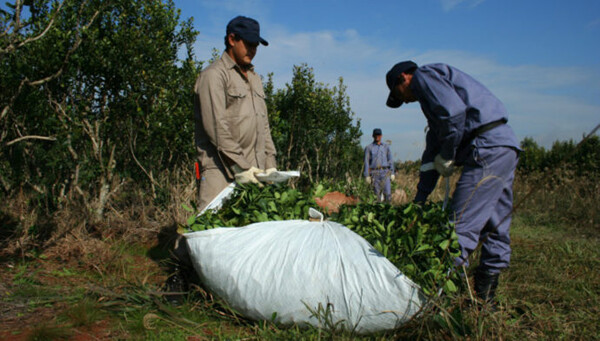
During 2024, Argentina's agro-industrial exports experienced a significant increase, reaching a total volume of 101.89 million tons, which represents a 56% increase compared to the previous year. The Ministry of Agriculture reported that this growth was also reflected in a total export value of 47.138 billion dollars, which means a 26% increase compared to 2023.
According to data processed by the Undersecretariat of Agro-Food Markets and International Insertion based on information provided by INDEC, it was highlighted that this achievement resulted from various measures implemented by the Government. These include the simplification of procedures and registrations, the elimination of distorting taxes, and the introduction of regulations that facilitated foreign trade. Additionally, more than 70 openings and reopenings of international markets for key products were carried out, thus expanding export opportunities.
Although this progress occurred in a context of declining international prices, an improvement in productive supply was observed compared to 2023. Of the 54 analyzed export complexes, 29 recorded increases of over 10% in the exported amount compared to the previous year, and 17 of them reached their highest values in the last five years.
Some significant figures stand out from complexes with important variations in value compared to 2023, such as Sugar with a 540% increase, Cotton with 160%, Non-Alcoholic Beverages with 159%, Wheat with 103%, and Sweet Citrus with 92%. Furthermore, ten complexes led foreign trade, concentrating 86% of the total export value, including soybeans, corn, cattle, wheat, fisheries and aquaculture, sunflower, dairy products, peanuts, barley, and wine production.
Argentina consolidates itself as the second net exporter and the tenth largest food producer in the world, with shipments to more than 180 international destinations. This prominent position is reinforced by the ability to adapt to international trade demands and the joint work of the public and private sectors.














